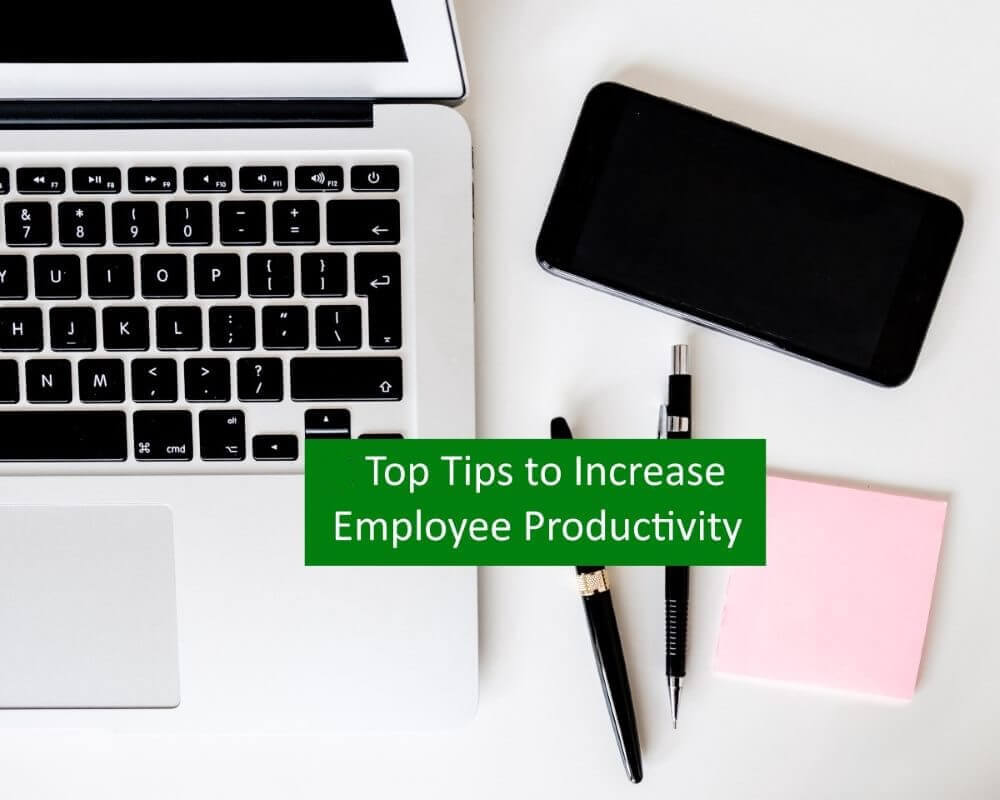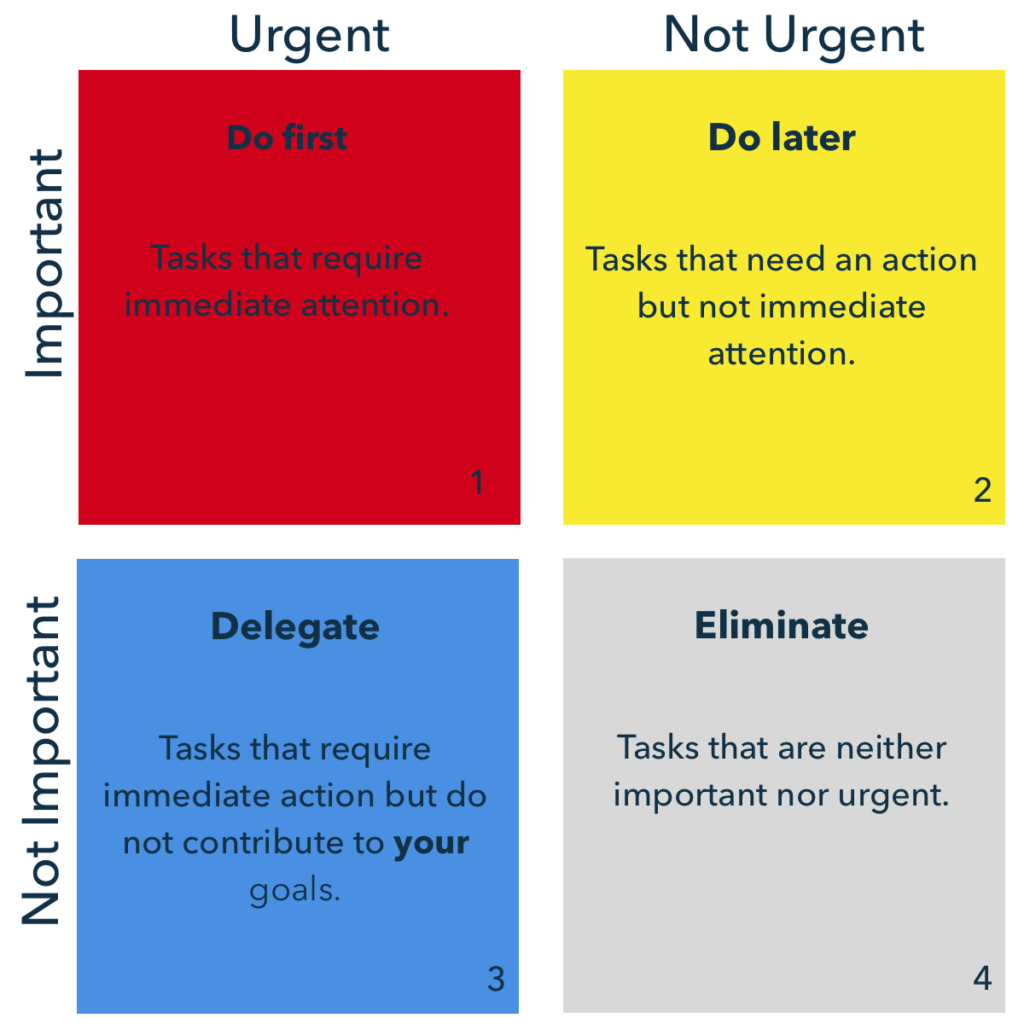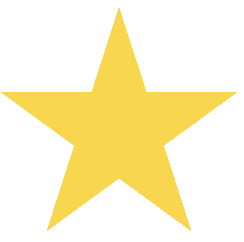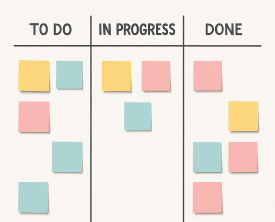How to Increase your Employees Productivity With These 8 Productivity Tips
By Mark Ballance, Resource Scheduling Specialist at Schedule it Ltd since 2010.
 Did you know that the average employee in the UK completes only 3 hours work each day, irrespective of how many hours they are in the office. In fact, the longer they spend in the office the further their productivity decreases after 50 hours.
Did you know that the average employee in the UK completes only 3 hours work each day, irrespective of how many hours they are in the office. In fact, the longer they spend in the office the further their productivity decreases after 50 hours.Whilst according to a study by the Harvard Business Review the average business leader works a 72-hour work week. Does this sound familiar?
Productivity in the workplace is a perennial problem no matter the size of the business or organization. There are, however, some things both employers and employees can do to maximise productivity.
In our list of top tips to increase employee and staff productivity are:
- A solid onboarding process
- Scheduling email time
- Focusing on one task at once
- Find the productivity zone
- Prioritize activities
- Be prepared and informed
- Delegate tasks
- Reduce your management tools
A Solid Onboarding Process

Businesses that have a solid onboarding process for new employees improve productivity by more than 70%. Bringing in new employees can be the responsibility of one person e.g. the line manager or a team of people e.g. colleagues, line manager and HR.
Whether you are a small business or a large organization the key is to have a process that includes training, technology and socialising with other employees.
Schedule Email Time

The average worker spends 13 hours each week on emails, making up 28% of the hours at work. New and current employees will benefit from time being set aside for checking, responding to and sending out emails.
This can be scheduled into their weekly work tasks in blocks e.g. 1.5 hours per week or 30 minutes per day, depending on which system suits the business best. Scheduling in this time during the week as a priority also has the benefit of employees not needing to check at home after coming back from work.
Also, make sure emails are addressed to those that need to be in the email rather than sending out blanket emails. Those who are not in the email can use calendars, daily bulletins and schedules to check for important information.
Focus on One Task at a Time

Traditionally, multitasking was a skill to be envied as it meant multiple tasks could be completed at the same time. However, multitasking in the modern era has moved away from classic multitasking and now it often means stopping one task and going onto another task before the previous task is finished, known as interrupted task switching.
This impacts productivity in the workplace by as much as 40% reduction, as well as taking 25 minutes to get back into the task that was previously being worked on.
Try going one week with focusing and being present on the task at hand, e.g. in meetings avoid using phones and laptops and concentrate on participating.
You also want to encourage employees to prioritise these tasks. Using Eisenhower's Urgent/Important Principle to understand the difference between important and urgent tasks is critical. Eisenhower's Urgent/Important Principle helps you quickly identify the activities that you should focus on, as well as the ones you should ignore and we cover it in more detail below.
Find the Productivity Zone
With an average of 7 distractions per hour or in other words being interrupted every 8 minutes it is becoming increasingly difficult to stay concentrated on work activities, from smart phones to emails our concentration is affected.
The most productive hours of the day are thought to be in the morning generally between 8am and 12 noon, or 11am Monday morning.
This is a good general rule, but we all fall into different categories of early birds, night owls and in-betweeners so work on finding your most productive hours of the day.
Quick win: Figure out when you and your employees concentration peaks and plan the most important activities in this productivity zone.
Prioritize Activities

Stephen Covey said, “The key is not to prioritize what's on your schedule, but to schedule your priorities.”
Effective scheduling of your priorities is a great way to get more done in the time you have, especially since we are not able to add hours to our day to complete work tasks.
Eisenhower created the Urgent-Important Matrix which is a time management system he created when he realised he had two kinds of problems “the urgent and the important.”
Use this system to schedule your work tasks based on whether they are:
- Urgent and important
- Urgent but not important
- Unimportant but urgent
- Unimportant and not urgent
Quick win: Delete activities that fall into the unimportant and not urgent category.
Be Prepared and Informed

Employees know that when they come to work, they are on company time. While employees respect that, they still like to know what is going on, and what they are going to be doing each day.
They like to have access to the information that is important to them, such as what work is planned for them, when they might be required to work overtime, how much vacation time they've accrued. Scheduling software can keep track of such information and offer easy access for employees and planners.
When employees can access tomorrow's or the week's schedule, they know what's planned, and that leads to a feeling of certainty for the future.
If they happen to be assigned to a person, product, or project they don't particularly care for, they have the time to prepare themselves mentally, whereas coming in and finding out can be the beginning of a bad day. Additionally, by knowing what's coming the next day, employees can set up their mind, workplace, equipment and bring the proper tools.
It also shows an element of trust, privacy and autonomy by not having to have someone else look it up with them. If your company allows it, scheduling software can also let employees swap shifts, tasks, and plan their work to accommodate their work and personal lives. Allowing this level of access also eases the burden on managers.
Employees thrive in a well-organized workplace where they have easy access to information that is important to them. Being able to freely check planned work and up coming activities, is highly useful and beneficial to employees and employers alike.
Delegate Tasks
For business leaders, an average of 30% of the week is taken up by tasks that have no or little value. In Eisenhower’s Matrix that is the unimportant but urgent category, these work tasks should be delegated to others, e.g. social media, website maintenance, etc.
Did you know that business leaders and employees who are able to delegating generate 33% more revenue than those who don't.
Quick win: Don't just delegate tasks, give responsibility and authority. Allow others to choose how they will complete the task.
Reduce your Management Tools
Did you know that the average person uses 13 different time management methods? If this is shocking think about all the different apps, planners, diaries, calendars and computer software that you have encountered in the last few months.
You might be running an app on your phone to manage your time but then when you get into work your computer has software and then in the evening you may have a family calendar to show events and appointments.
Quick win: Simplify. Reduce mental switching costs and the chances of information inconsistencies by choosing one-time management system for work. One that can be used on smart phones, computers and tablets so you can open the same time management software every time.
Try Schedule it Free
No credit card required. Capterra/G2










